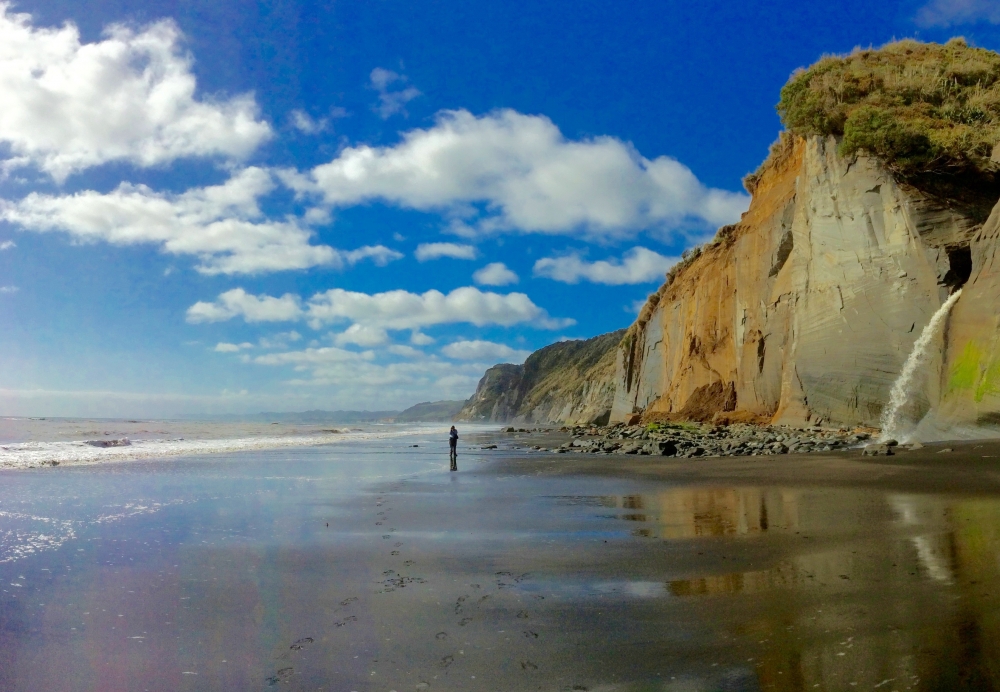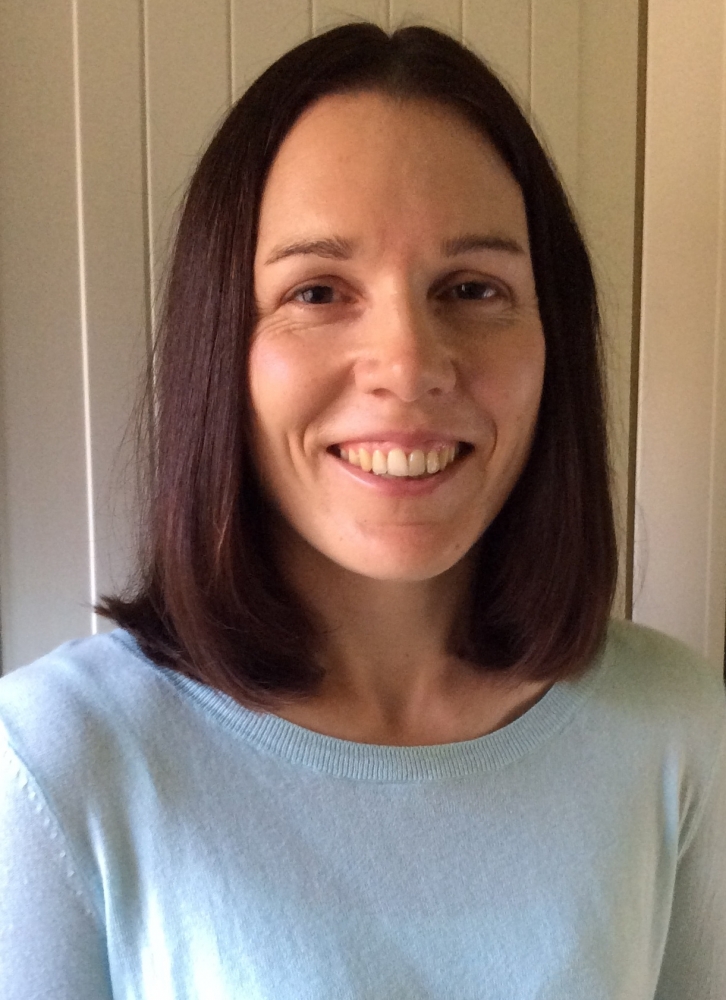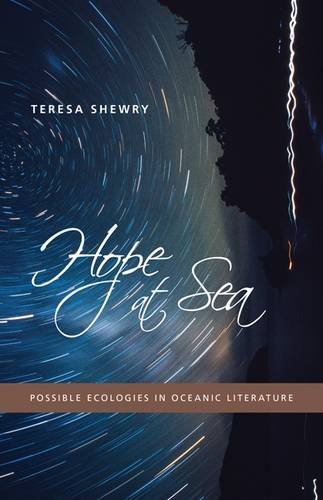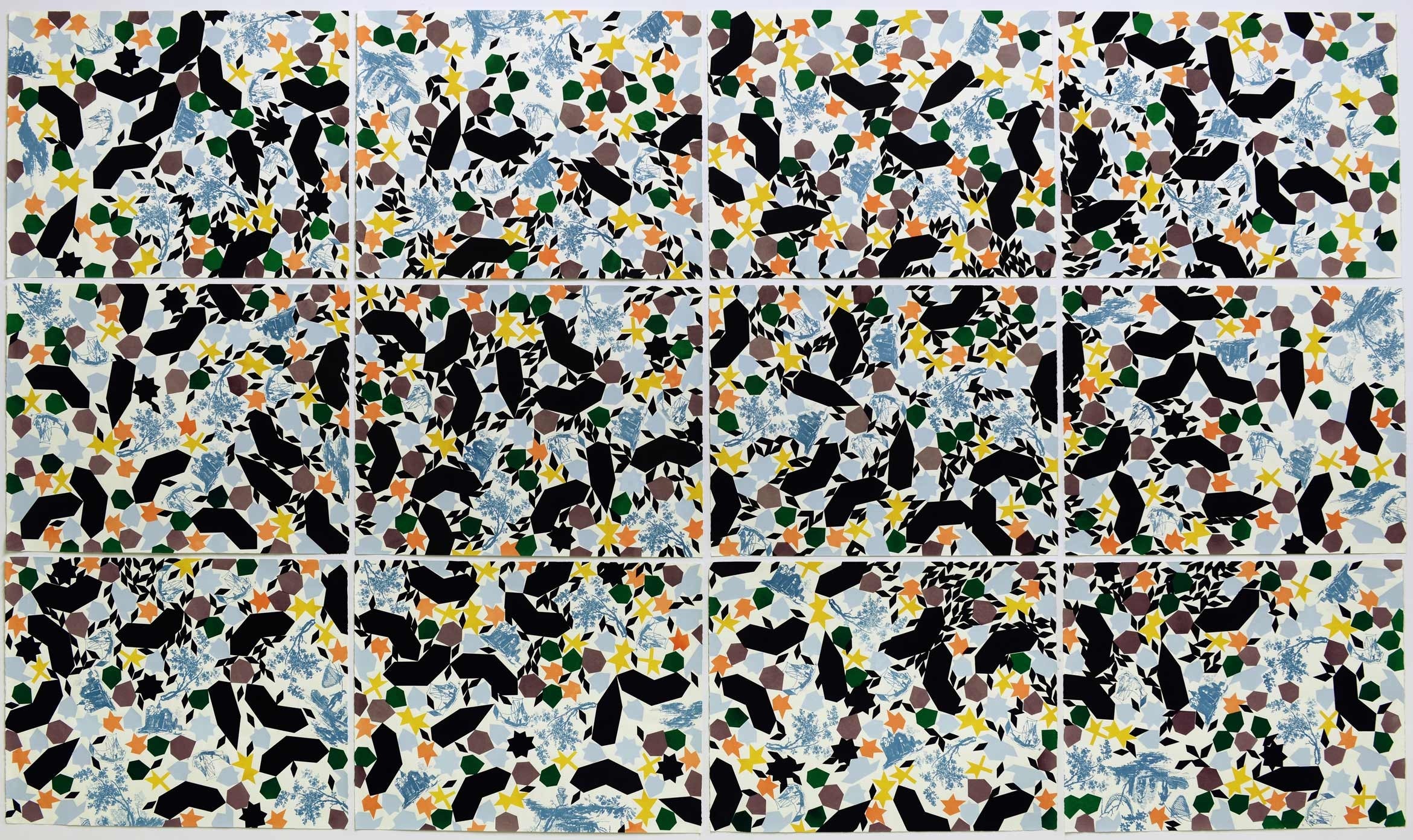
An Ocean of Hope


The Pacific Ocean faces no shortage of perils these days. From giant islands of floating garbage to overfishing, it can be hard to find a reason for hope in that vast expanse. Teresa Shewry, an associate professor of English at UC Santa Barbara, though, tells a different story, exploring literature, art and film of the Pacific.
Shewry is the author of “Hope at Sea: Possible Ecologies in Oceanic Literature” (University of Minnesota Press, 2015), a groundbreaking exploration of writings from and about the Pacific and its profound environmental upheaval. Working in the field of ecocriticism, the interdisciplinary study of literature and the environment, Shewry examines how the authors of works set in the Pacific evoke hope amid environmental and social struggle.
As she writes in her book, Shewry explores “how literary works are crafted to allow for hope as they work to create an unsettling relationship with the ocean, putting words to its loss and damage as well as to the marginalized struggles and dreams that might take it in still-promising directions.”
The book represents a new approach to analyzing environmental literature. “Nothing has been done on the contemporary Pacific literature and how that interacts with the future in this context of really profound environmental change,” Shewry explained. “How does literature engage with the future in relation to the changing environment of the Pacific?”
According to Shewry, hope is largely defined by struggle and the future. With peril comes struggle. “I use the concept of hope to try and capture the way this literature orients toward or engages a future that is both open in some sense and indeterminate or could go in multiple directions and is promising in some way,” she said.
The struggles of the Pacific are as varied as the islands and people in its nearly 64 million square miles. From environmental degradation to the upheaval of indigenous people to protests over nuclear weapons testing, the Pacific is literally an ocean of struggles. It’s also a place that Shewry, who is from New Zealand, knows intimately.
“It’s part of the community I grew up in,” she said. “I kind of grew up half on land, half in the ocean. I grew up in a very remote part of New Zealand; there were only 12 children at my school. In New Zealand it’s hard to be far from the ocean. I think that kind of came out in the book as well. I was thinking of the ocean as interwoven with ordinary life.”
For Shewry, the Pacific is an enormous palette of space and time to chart the people, events and literature that have defined it.
“It's an incredible history of migration in the Pacific,” Shewry noted. “The Austronesian people migrated around the Pacific as far north as Hawaii, as far south as New Zealand and possibly across to South America. The history of the ocean definitely inspired the geographic framework of the book, thinking about these literatures in an oceanic context rather than just a national context. And those transoceanic connections are really important today.”



